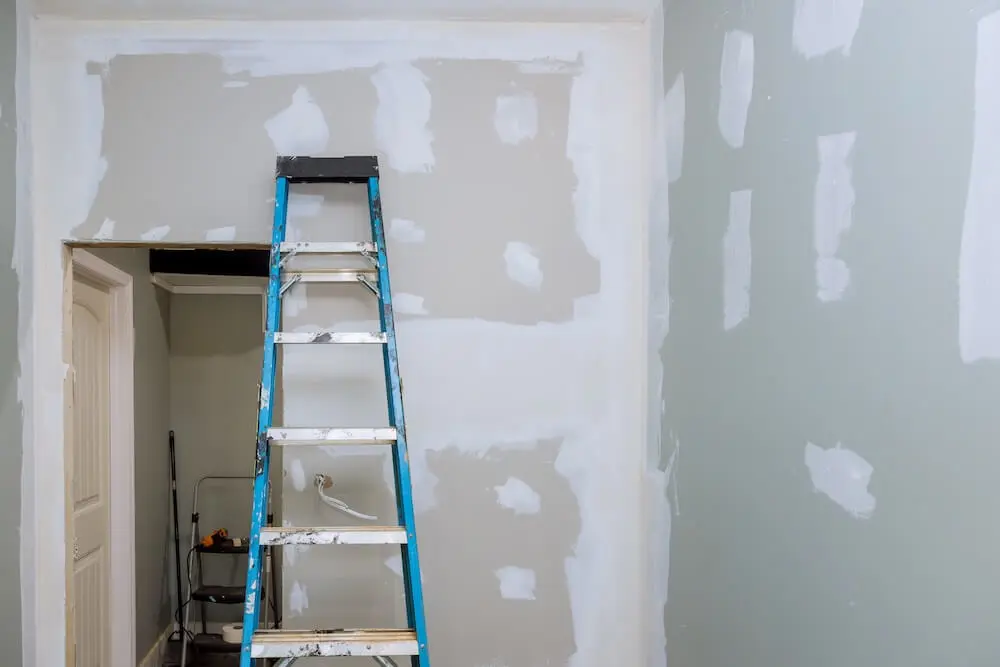Why You Shouldn’t Skip Prep Work Before Painting Your Home

A fresh coat of paint can transform any space—inside or out. But what many homeowners don’t see is the work that happens before the painting begins. And that’s where the difference lies between a job that looks good for years, and one that starts cracking or peeling after just a season or two.
Skipping prep work is one of the most common mistakes made in residential painting. It’s also one of the most expensive in the long run. Whether you’re tackling interior walls or the exterior of a coastal home in Fort Myers, prep work is the foundation of a durable, professional paint finish.
Professional painters know that no matter how high-quality the paint, it won’t adhere properly to dirty, uneven, or moisture-damaged surfaces. Prep work isn’t just about appearances—it’s about ensuring that the paint does what it’s supposed to: protect, seal, and last.
What can go wrong when prep work is skipped?
- Paint peels, chips, or bubbles prematurely
- Mold and mildew continue growing under the paint
- Cracks, dents, or patchwork remain visible through the finish
- Paint fails to properly bond to the surface, shortening its lifespan
- The overall result looks rushed, uneven, or unprofessional
Understanding why you should not skip prep work before painting helps ensure you make the right decision when hiring a contractor—or when reviewing what’s included in your estimate.
What Prep Work Really Means
Prep work is more than just cleaning a surface or taping off trim—it’s an entire phase of the painting process that ensures everything applied afterward performs as it should. For licensed professionals, preparation is where the majority of time is often spent, especially on exterior jobs in coastal Florida, where humidity, salt, and sun all impact surface conditions.
Whether it’s interior or exterior, proper prep work creates a stable, clean, and even surface that allows paint to bond effectively and look its best.
Key elements of professional prep work typically include:
- Surface cleaning: Removing dust, mildew, chalky residue, or salt buildup using pressure washing or appropriate cleaning agents.
- Sanding and scraping: Eliminating peeling paint, smoothing rough spots, and feathering edges so that new paint lays flat and consistent.
- Patching and caulking: Repairing cracks, dents, nail holes, and seams in siding, drywall, or trim to restore a clean surface.
- Priming problem areas: Apply primer on exposed wood, patched sections, or high-moisture zones to create adhesion and uniform color coverage.
- Masking and protection: Covering surrounding areas like windows, fixtures, and landscaping to protect them from paint splatter or overspray.
Skipping or rushing through any of these steps often leads to paint that looks fine at first but fails early—especially in a climate like Southwest Florida’s. For professional painters, this prep work isn’t optional. It’s the standard that protects your investment.
Risks of Skipping Prep Work
It’s easy to assume that paint will cover up imperfections—but without proper prep, those flaws don’t just stay visible, they often get worse. Rushed or skipped preparation compromises the entire paint system, leading to poor adhesion, uneven color, and premature failure.
Professional painters treat surface prep as a critical phase because they’ve seen what happens when it’s ignored. The problems may not appear right away, but they always catch up—and they usually cost more to fix.
Here’s what can happen when prep is skipped:
- Peeling or flaking paint: When paint doesn’t adhere properly, it starts lifting off the surface, especially in humid or high-traffic areas.
- Bubbling and blistering: Trapped moisture or dust beneath paint layers can create raised blisters that break open and expose raw material underneath.
- Visible surface flaws: Cracks, patch marks, old stains, and uneven textures will show through even after multiple coats of paint.
- Staining or bleed-through: Without priming, stains from water damage or previous coatings can reappear, no matter how many coats you apply.
- Wasted time and money: A rushed job may need to be redone entirely, costing far more than doing it right the first time.
This is especially true for homeowners in Southwest Florida, where exterior surfaces are constantly exposed to sun, wind-driven rain, and salt air. In that environment, skipping prep is not just a shortcut—it’s a liability.
Why Professional Painters Treat Prep as Non-Negotiable
When you’re working with a licensed, insured painting contractor, one thing becomes clear from the start: prep work isn’t a line item—it’s a core part of the job. Professionals know that skipping prep isn’t just cutting corners, it’s undermining the quality of the entire project.
This is especially important in climates like Southwest Florida, where heat, humidity, and salt air demand even more precision and protection.
Here’s how professionals handle prep the right way:
- Thorough surface evaluation: Pros don’t assume the surface is ready. They check for moisture issues, material deterioration, and underlying conditions that could cause paint to fail.
- Targeted cleaning and treatment: Depending on the environment, they may use pressure washing, mold-resistant cleaners, or sanding techniques tailored to the surface type.
- Strategic patching and repairs: Instead of covering up flaws, licensed contractors fill, patch, and repair damage so the paint bonds to a uniform surface.
- Use of appropriate primers: Professionals use specialty primers to address high-moisture zones, tannin bleed from wood, or chalky surfaces common in Florida homes.
- Documentation and timing: Prep is planned, not rushed. Contractors stage it based on weather conditions, material needs, and dry times—not guesswork.
When you hire a reputable painter, prep is included not because it’s optional, but because it’s essential. It’s the difference between a quick cover-up and a job that actually protects your home.
Prep Work Is Especially Important in Florida Homes
Surface prep matters everywhere, but in Florida, it’s critical. Between high humidity, frequent rain, salt-laden breezes, and year-round sun, exterior surfaces take a constant beating. Even interior walls can be affected by moisture, temperature fluctuations, and poor ventilation—especially in older or coastal homes.
These environmental factors make Florida one of the toughest places to cut corners on prep. Without proper sealing, cleaning, and priming, paint simply won’t hold up.
Here’s why Florida homes require more careful prep:
- Humidity invites mold and mildew: Without thorough cleaning and treatment, those spores stay trapped under the paint and can resurface quickly.
- Salt air wears down paint faster: In coastal areas, salt particles settle on surfaces and break down the protective layer of paint over time. Cleaning and priming are key to resisting that erosion.
- Frequent rain causes moisture intrusion: If surfaces aren’t properly sealed and allowed to dry before painting, the trapped moisture can cause bubbling and blistering within weeks.
- Intense UV exposure fades paint prematurely: Prepping with UV-resistant primers and selecting the right finishes helps prevent early color loss and cracking.
Professional painters in Southwest Florida understand that prep isn’t just step one—it’s the most important step. It’s how you make paint last through another season of summer storms and winter sun.
Long-Lasting Paint Starts With What You Don’t See
In painting, what happens before the brush hits the wall is just as important—if not more—than the final coat. When prep work is skipped or rushed, the results don’t just suffer visually. They fail functionally. Paint peels, cracks, fades, or simply doesn’t hold up the way it should. And in climates like Florida, the consequences of skipping prep are magnified.
Understanding the importance of prep work before painting helps you spot the difference between a quick coat and a professionally executed job. Prep isn’t an “extra”—it’s the hidden structure that supports every lasting, high-quality finish.
If you’re planning a painting project, ask more than just what color will be used. Ask how the surface will be prepared. Because if the prep isn’t right, the paint won’t stay right.
If your home’s paint is showing signs of wear—or if you’re planning a refresh—it’s worth working with a team that treats prep work as seriously as the final coat. Quality starts long before the color goes on.

